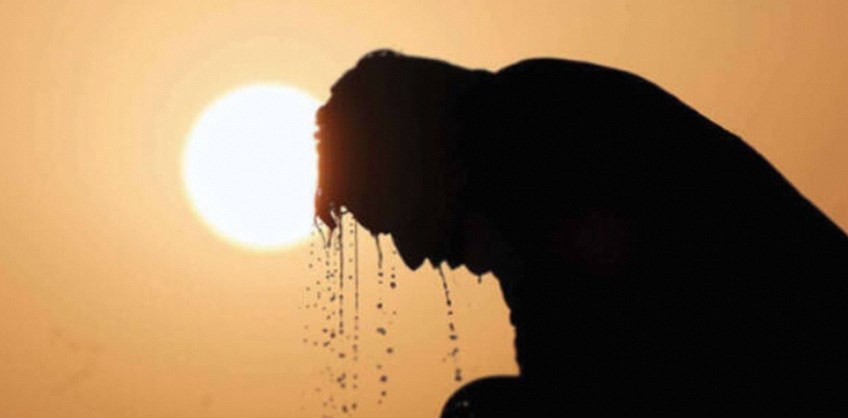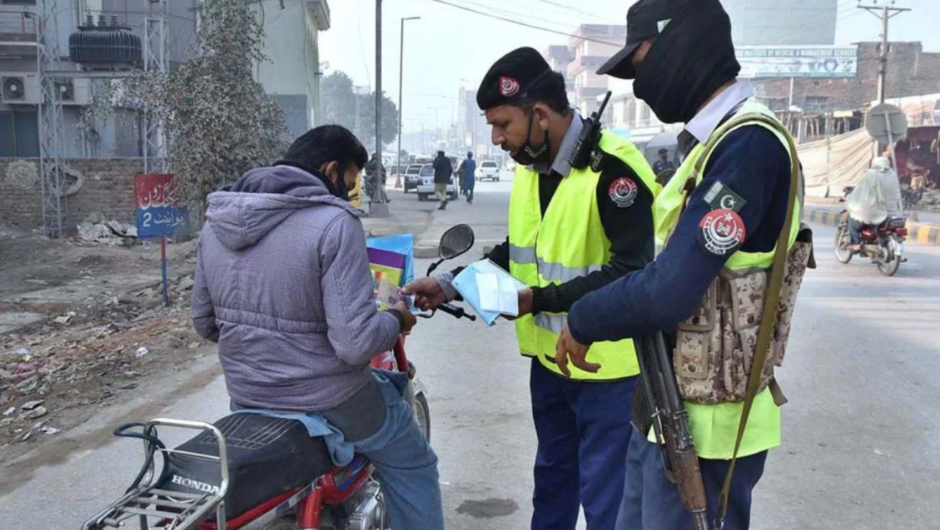On October 8, 2024, Karachi residents braced for another sweltering day as the Pakistan Meteorological Department (PMD) predicted temperatures could soar to 39 degrees Celsius. The ongoing heatwave has affected daily life in the city, with many residents staying indoors to avoid the oppressive heat. Karachi, being a coastal city, often experiences humidity along with high temperatures, making the heat even more unbearable for its over 15 million residents.
The PMD attributes the heatwave to changes in the weather system over the Arabian Sea, with hot, dry winds blowing in from the desert regions of Balochistan. The heatwave has persisted for several days, raising concerns about heat-related illnesses, particularly for vulnerable populations such as children and the elderly. Health experts have urged residents to stay hydrated, avoid direct sunlight, and take precautions to prevent heatstroke.
In response, local authorities have set up cooling centers in various parts of the city and have advised businesses and schools to adjust their working hours to avoid the peak heat during midday. The Sindh Health Department has also issued health advisories, warning people of the dangers of prolonged exposure to the sun.
While heatwaves are not uncommon in Karachi, the city’s growing population and infrastructure challenges have made it increasingly difficult to manage the impacts of extreme weather. Urban planners and environmental experts have called for better heat mitigation strategies, including the creation of more green spaces and the adoption of reflective materials in buildings to reduce the urban heat island effect(
Topics #featured #trending pakistan




